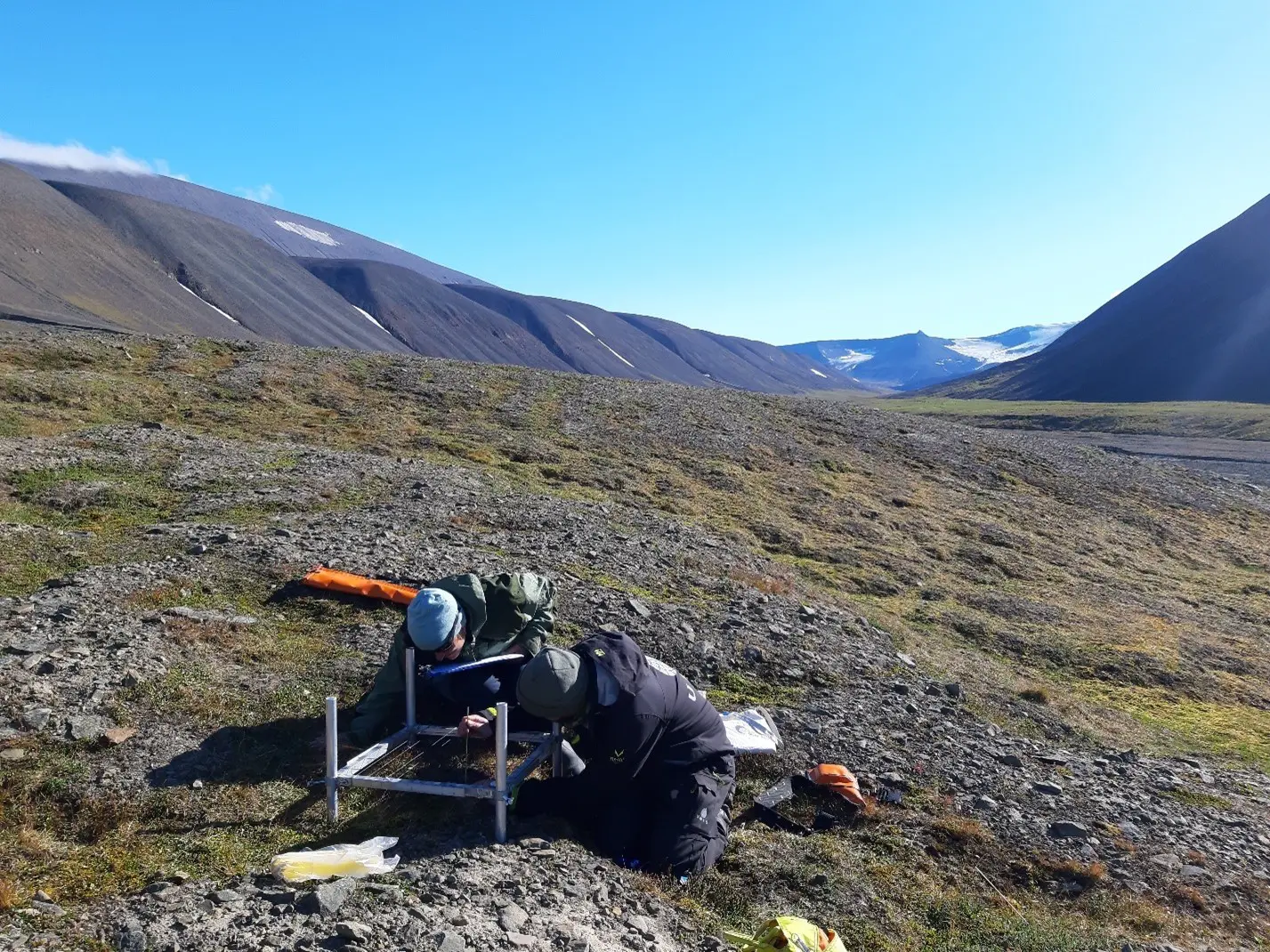Projects

active
360° Virtual Field Guides
FieldPass are trying to improve how students can learn about fieldwork and how practical skills and general competences achieved through fieldwork can be assessed. One way to achieve this is through the use of Virtual Field Guides (VFG's).

concluded
ARCT-RISK
The primary objective of ARCT-RISK is to develop knowledge and tools to make sense of and deal with effects of climate change on society’s ability to protect the life and health of its citizens and to maintain critical infrastructure and function.

active
ARCTICS: Auroral Research Coordination Towards Internationalised Citizen Science
The ARCTICS ISSI Working Group aims at coordinating the citizen science efforts in space physics and aeronomy at international level. It gathers together experts in auroral processes, ionospheric dynamics, substorm physics, as well as citizen scientists from various parts of the world. We will investigate unexplained optical signatures recorded by citizen scientists by studying events presenting suitable conjunctions with ground-based and satellite observations. We plan to have two one-week meetings in Bern, allowing citizen scientists to participate online as external collaborators, as well as regular online meetings. The expected outputs of this project are: (i) peer-reviewed scientific research papers; (ii) a review article on citizen science in space physics and aeronomy; (iii) a Handbook for Citizen Scientists providing tips and guidelines to maximise the usability of the photographers’ images and showcase other possible forms of involvement; (iv) a living dataset listing events identified by citizen scientists around the world.

active
Aurora-like fragments: From fascinating discovery to understanding
The goal of this project is to investigate the causes of newly discovered aurora-like features known as "fragments" using radar, optical measurements, and photographs from citizen scientists. The project seeks to understand the plasma instabilities driving these phenomena and assess their impact on satellite drag, GPS accuracy, and radio signal disruptions.

concluded
AWAT-project
The project aimed to initiate a new collaboration between the two research groups through a joint study into how energy is dissipated into the upper atmosphere through interaction between the Sun’s magnetic field (IMF) and the Earth’s magnetic field.

active
BIG – Flower & invertebrate phenology time series
With the use of time-lapse cameras mounted above plants and invertebrate traps, we can study the phenology of flowers and invertebrates.

concluded
bioCEED
Are you a student or staff at UNIS? Do you want to get involved in biology education development? Do you want to know what UNIS offers besides your regular studies? Then you are in the right place!

active
Bjørndalen Integrated Gradients (BIG)
Bjørndalen Integrated Gradient (BIG) is a field-laboratory that enables close integration of research and course activities, and a great arena for students to participate and contribute to research projects.

active
CoastAdapt
Adapting to the rapidly changing Arctic: Implications of hydrodynamic processes on the coastal-marine environments in Svalbard.

concluded
FieldPass
In this project, we develop and test preparation and assessment forms that are suited for field and lab related learning outcomes.

concluded
GLAD – Glacial microbiomes – in light and darkness
In this project, we have established a site on Foxfonna glacier where cryoconite is sampled in winter and summer.

active
Incoherent Scatter: An Invaluable Tool in the Field of Space and Plasma Physics (ISSI ISR)
A global team of 15 scientists, led by L. Baddeley (UNIS) and NJIT colleagues, is collaborating with ISSI in Bern to produce the first comprehensive textbook on incoherent scatter radar (ISR). This definitive guide will cover ISR techniques, theory, and applications, advancing space and atmospheric physics research while capturing decades of innovation for future generations.

active
INITIAL – Going BIG: a spatial grid as basis for the Bjørndalen field laboratory
In this project, we have started a long-term monitoring grid on plant communities in the High Arctic.

active
INSULATE
INSULATE aims to study the effects of climate change, both biotic and abiotic factors on permafrost insulation on a year-round basis in the Arctic.

active
Isfjorden Adventfjorden time series
The IsA high Arctic marine time series station is sampled year-round, as a model system for climate change effects on Arctic ecosystems.

active
Iwin (Isfjorden weather information network)
Providing weather data from several stations in the area, the Isfjorden weather information network aims at improving our understanding of local atmospheric processes and ultimately weather forecasts for the region itself.

concluded
Long-term effects of climate warming on vegetation in Svalbard
In this project, we aim to study effects of warming and exclusion of herbivores on plant communities in the High Arctic after up to 20 years of experimental treatment.

active
Magnetic Pulsations and Transients
The MAPAT-project brings together researchers from Norway, Russia and France. The project will use data from instrumentation across the polar regions, with a specific focus on instruments in Svalbard and Northern Scandinavia.

active
MASP-project
The goal of Multi-purpose Autonomous Surface Vessels for Polar marine research-project (MASP) is to develop uncrewed surface platforms for acquisition of oceanographic, bathymetric and other types of data in remote and challenging Polar marine environments.

active
PermaMeteoCommunity
An interdisciplinary project focusing on developing resilience in Arctic communities by providing a climate change response system. This system will assist decision-making by providing real-time key geo-scientific observations affected by the increasing climatic changes, especially the high Arctic environment.